|
by: Gabrielle Jansen BNat Our bodies reflect the shifting seasons, linking us ever more closely with the natural world. I didn’t grow up knowing my cycle mirrored those of the earth so closely. Like many of us, my early reproductive education was fairly limited and cloaked in both secrecy and shame. It would take more than a decade of study and practice before I began to appreciate how little I knew about how my body worked. Even then, it would be some years before I understood that having a cycle meant going around, like the seasons. The menstrual cycle mirrors all other cycles in nature. Just like the tide that rises and falls, the seasons that bloom and decay, the moon that waxes and wanes, our cycles embody the life-death-life cycles of nature. And so… The menstrual cycle can be broken into four seasons, that reflect our shifting fertility: Winter - the menstrual phase, Spring - the pre-ovulatory phase, Summer - the ovulatory phase and Fall - the post-ovulatory phase. Understanding the energetic seasons of the menstrual cycle gives us a language with which we can understand and explore our own fertility and physiology. Equipped with words, we begin to appreciate the menstrual cycle as a powerful teacher. One that constantly offers us insights into our health and well-being, and gives us the opportunity to develop a deep relationship with ourselves. Winter // Menstruation // Mugwort A new cycle begins on the first day of heavy menstrual bleeding and we call it Day One. It is time for us to turn inward, to rest, to be still and silent as snowfall. It’s here in the dark that we return home to ourselves, shaking off the world outside, we land deeply in our bodies. Here in the winter-time we are most connected to our needs, our path and intuitive self. Without the distraction of the light, everything is clear. Menstruation brings us deep clarity, if only we can sit still long enough to listen. Mugwort, Artemisia vulgaris, helps us to dream our visions, reconnect with our subconscious and move through the underworld, making this plant a wonderful ally to call upon during menstruation. Many of you will be familiar with Mugwort's ability to ease cramping and bring on light or scanty flow. Mugwort also connects us with our dreams and deeper visioning and feels oh so aligned, to these inner-winter nights. Note: Mugwort - Artemisia vulgaris is an emmenagogue - avoid in pregnancy. Spring // Pre-ovulation // Nettle A few days have passed and bleeding begins to slow. There is a distinct shift in our energy. We no longer feel cocooned to the inner world, but refreshed, renewed and restored. Awake once more from winter's restful slumber. The energy of spring, as all herbalists know, is exciting, inspiring and motivating. If left without direction, or grounding however, spring has the potential to become erratic, and before we know it we’ve planted a garden bigger than we can possibly tend. It’s in our inner-spring, as estrogen rises, that we are fresh with new ideas, excitement and the motivation to get out there. We must remember, though, to thin the rows, focus our energy, lest our garden becomes overcrowded. Nettles, Urtica dioca, pop up everywhere, and are here to tonify the blood and support the kidneys. A great mover of water, Nettles move fluid through the body, like the streams now running in the woods, that gently cleanse winter's stagnation. Summer // Ovulation // Rose Around the middle of our cycle, Luteinizing Hormone (LH) and Follicle Stimulating Hormone (FSH) stimulate ovulation and an ‘egg’ or ovum is released from the ovary. We feel energised, empowered and capable. If menstruation pulls us inward, then ovulation sends us spiraling, radiant, into the outer world. Ovulation is the power to create. This is the fertile phase of our cycle and we now hold the capacity to create that which we wish to see manifest in our lives. The beauty of the cycle is here, in it’s balance - during menstruation we turn inward, we find deep communion with self and truth. During ovulation we have the energy to bring that truth into the light. While summer is a joyful season, it is also incredibly busy. During the long hot days we can feel both uncentered and distracted, forgetting the important work we wished to complete. Who better to keep us aligned with our heart's truth than Rose? Fall // Post-ovulation // Dandelion With the headiness of summer behind us, and the leaves shifting colors in the forest, it’s time to dig up roots and gather the last of the harvest. Fall is both a joyful season of abundance, of harvest, and of celebration as it is a time of preparation, and looking ahead. If we did not achieve what we set out to do, there is a little time left before the winter comes to finish up the projects we have started. This season is about re-drawing our boundaries, saying "no" to what's un-important and focusing our energy on what we must. Towards the end of Fall, it’s time to prepare, rearrange our commitments and plan our slow days so that we can fully step into rest and silence, once winter arrives. Dandelion roots, Taraxacum officinale, support the liver and assist estrogen clearance by encouraging bowel movements. Dandelion helps us to let go of the things that are not really important. Some of us find that high levels of progesterone in the post-ovulatory phase can be constipating, and so Dandelion is a beautifully poised ally for our inner-fall. As the days grow darker, and the air gets colder, soon we welcome back the clarity of our winter nights and our cycle begins once more.  Gabrielle Jansen BNat is an Australian Herbalist and Fertility Educator out of Rockland, Maine. Her practice combines her clinical foundation with a deep desire to empower others to understand their bodies. She offers classes, consultations and informative blog posts on herbalism, fertility education and cyclical wisdom at www.witchmountainherbal.com and on instagram @witchmountainherbal by Marissa Ranahan During the summer months, herbs are extremely helpful for dealing with humidity and heavy heat. And personally, it’s my favorite season to start incorporating these herbs into my daily routine! Certain herbs are highly beneficial in the summertime, thanks to their ability to regulate body temperature, aid in digestion, and soothe seasonal rashes. If you haven’t already, start working with these herbs to create more soothing (and delicious!) summer days. ROSE Due to its gentle scent, rose is typically applied as an essential oil on the skin. Using rose water on your face is the perfect solution for dealing with dry skin and excessive sweating. Plus, rosewater also aids in reducing skin redness and inflammation from the heat. When ingested, this herb provides a number of benefits for the body. For example, it’s perfect for internal cooling and providing relief from menstrual cramps. Typically, rose is consumed through herbal tinctures, teas, or water. This month, start treating yourself to some iced rose tea to stay cool – all while boosting your mood immune system between sips! CHAMOMILE Chamomile - like its flower friend rose - works towards cooling the body internally. Traditionally, its main function is to aid in digestion and soothe stomach aches. Like most florals, it’s best ingested as a tea or supplement. Chamomile is also perfect for soothing insect bites. Thanks to its anti-inflammatory medicinal properties, chamomile reduces itching, redness, and swelling. Apply a drop of chamomile tea or oil balm to a mosquito bite in the morning and before bed. Before you know it, you’ll soon stop scratching and start healing! ROSEMARY Now, let’s talk about everyone’s favorite part of summer – food! For topping off your signature dishes, nothing tastes better than a pinch of rosemary. Its delicious, aromatic flavor is a wonderful addition to any summer cuisine. Rosemary is perfect for adding as a light coating to roasted chicken and root vegetables. This herb also works well when blended with olive oil for rubs. And while you’re munching away, you’ll also be helping your digestive system. Rosemary actively reduces inflammation and indigestion, even for the most sensitive stomachs. Thankfully, all ages can reap the benefits of incorporating rosemary into their diet! As always, everyone’s favorite herbs depend on their preference. For me, I find an abundance of joy incorporating these herbs into everyday living. This summer, don’t be afraid to experiment with different herbs, oils, and seasonings to find out which work best for you!  Marissa has been drawn to the world of aromatics and plants since she was a child. Certified in aromatherapy, Reiki, and meditation, she is determined to create a life centered around healing others. Additionally, Marissa is a holistic life coach, and works towards helping others heal while simultaneously getting in touch with their spiritual side. As Herbstalk's Market Manager & Community Engagement Assistant, Marissa draws upon years of experience to oversee Herbstalk’s vendor relations, event management, and social media outreach. As a longtime attendee and member of the Herbstalk community, she is beyond thrilled to be a part of the team! by Herb Pearce In the driest whitest stretch of pain’s infinite desert, I lost my sanity and found this rose. — Rumi Roses have been loved and cherished for millennia. They are a favorite subject of art, used for health and beauty, and symbolize romance. Valentine’s Day and roses go hand in hand. The beauty of roses is universally cherished and if there is one plant that everyone is familiar with it is the rose in all her glory. Roses belong to the genus Rosa and originate from Asia, though smaller numbers come from Northwestern Africa, Europe and North America. The beautiful multi-layered flowers and smooth, erect, woody green stems are accompanied by prickles, the official name of the extended layer of sharp outgrowths. The leaves are alternate and even the stems of the leaves can have slight prickles. Be careful. Like Type 4s in the Enneagram -- called the Romantic or Depth Seeker -- roses are accompanied by allure and mystery. They tend to be showy but also can have a thorny nature – come close but not too close. I want you but on my terms. Be attracted to me if you dare but a little blood may be drawn if your fingers touch the wrong spot. Type 4s are romantic, deep and multi-layered, searching for profound meaning and symbolism; this type is not satisfied with surface knowledge or experience. 4s search for soul depth and long for intense, in-the-moment feelings; they are masters of longing for the unreached. They feel loss and suffering acutely, unlike many others who try to avoid pain. However, they can also attract joy, intensity and excitement to themselves. They are drawn to the world of art and beauty and adorn themselves with care. Type 4s feel that they are missing out on what others seem to have. They often envy others who appear to have more love. They are attracted to the highs and lows of experience and tend to wither if things are too mundane. 4s are idealistic and everyday life is often too dull from what they imagine it could be. 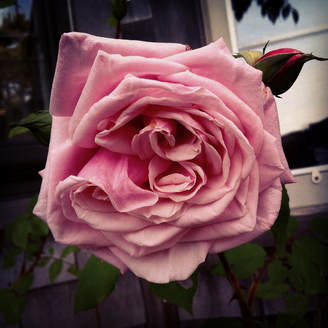 Rose -- the symbolic match for type 4 -- is a nervine herb which can lift the mood, help with depression, and also has antispasmodic, anti-inflammatory and sedative qualities. Rose petals are made into teas, tinctures, essences, mists and fragrances and are the cure for just about any bodily ailment... but it’s also a remedy for the heart, particularly for loss and grief. Rose helps emotions to flow – tears of joy and tears of loss, nostalgia and the past. Herbalist Kiva Rose writes about the deeper uses of rose on the human psyche: "I consider it to be an emotional modulator, balancing out both intense feelings and intense apathy, and provides a solid foundation from which to sense and connect to the world we are a part of. Rose is very calming and balancing, assisting us in finding a ground level state from which we can access our real emotions rather than just react." Rose is also a food. Rose hips can be made into a jam, jelly or marmalade and rose hip seed oil is used in skin products and makeup. Rose water is often added to sweets such as baklava, halva, nougat and Turkish delights. Need I mention that rose is also an aphrodisiac! Like 4s, for a rose to flourish it needs special care. Rose gardens throughout the world are valued and tended to carefully, and endless varieties are prized. I’m from Shreveport, Louisiana, the headquarters of The American Rose Society with its 118 acre botanical garden of mostly roses, the largest rose collection in the United States. Like pampered rose gardens, 4s value uniqueness and refuse to blend into the crowds. Mood, nuance, individuality and subtlety are all important 4 qualities. The 5-petalled rose flowers develop into the nourishing, vitamin C enriched rose hips, which contain anywhere from 5 to 160 seeds in each fruit. Mostly red, rosehips can also be purple or even black on some varieties! There are many complex botanical parts to a rose, just as there are many complex parts to a 4. Rose perfumes are made from rose oil (also called attar of roses) obtained by steam distilling the crushed petals of roses. Its oil is precious, similar to 4s who often want to be seen as special in order to compensate for feeling less than. It’s not unusual to feel less than when you are aiming for the sky and feeling like you’re in the underworld. The open and vulnerable beauty of rose is contrasted by its sharp, fierce thorns. Using the flower essence of the plant can help 4s to feel emotionally strong and support their equilibrium in day-to-day life. Rose helps 4s know when to open their beautiful and vulnerable hearts and when to protect them. Rose’s gift for Type 4s -- and for all of us -- is to heal the pain of the heart, increase joy and self-acceptance, and circulate love throughout the body.  Herb Pearce is an expert on the Enneagram with 28+ years experience. He has authored four books on the Enneagram including his most recent work, Presidential Profiles: Washington to Trump - Enneagram and Myers-Briggs Perspectives. Herb has taught over 2000 Enneagram workshops and has worked with hundreds of organizations, individuals and couples using the Enneagram in his counseling practice. Herb resides in Arlington, Massachusetts where he is a practicing psychotherapist and life coach. He emphasizes developing the strengths of all 9 Enneagram types and is known for his exacting insights, moderated by gentleness, humor and compassion. You can learn more at www.herbpearce.com or email him directly at herb@herbpearce.com. by Patrice Green The miracle of herbs and plants is that when taken responsibly and respectfully they do not deaden the emotions. As gentle, loving, supportive allies, plants help us work through the lessons we are here to learn. In particular, roses do this beautifully. Rose petals and their medicine help to move and open a heart which has tightened emotionally and spiritually. In both Traditional Chinese Medicine (TCM) and the Unani (Greek-Arabic medicine) traditions, the heart is believed to be a physical organ and the seat of consciousness. TCM uses the term shen, while Unani medicine talks about pneuma. Both schools teach that rose has a powerful affect on the spiritual state of one’s heart. Unani medicine has a category of heart herbs termed as “exhilarants”, which help the spiritual heart feel joy. Rose is considered both a shen tonic in TCM and an exhilarant in Unani medicine. A wonderful nervine, great for uplifting the mood and alleviating depression, rose also has antispasmodic, aphrodisiac and sedative qualities, as well as being anti-inflammatory. Rose helps regulate menstruation as well as stimulate the digestion. Rosehips, which come along after the bloom has faded, are a wonderful source of vitamins C, B2 and E. One may use rose as an herbal supplement, essential oil or flower essence. Rose petal tincture is often used in heart formulas. Dried rose petals make a lovely addition to teas. One of my favorite ways to use rose is to make a glycerite of the fresh flowers of Rosa rugosa, the fragrant wild rose found near many beaches. I have found it to be a powerful yet gentle remedy which truly gladdens the heart while easing sorrow and grief. I’ve given rose glycerite to many people over the years who are experiencing depression or loss. Every single person has reported back that rose glycerite helped them through the grief process, making it easier to bear. For deep grief, I also recommend the homeopathic remedy Ignatia amara. Ignatia amara comes from the seeds of a large tree found in the Philippines which was beloved of the Jesuits, an order founded by St. Ignatius, hence its name. I find the combination of Ignatia amaraand Rose glycerite both powerful and soothing to the wounded spirit which is trying to heal. Rose essential oil, made from Rosa damascena, helps alleviate depression and anxiety. Rosa rugosa flower essence is love. It raises negative vibrations and helps purify the heart/shen. The alchemy between Rosa rugosa and the sea enables this flower essence to physically balance out negative ions, release grief & transmute negative vibrations into love/compassion. Rose petals are soft and can soften the heart. The thorns offer protection. This is truly a beautiful flower essence and plant. To ease your heart, visit the Rose spirit. You can do this by meditating on the Rosa rugosaeither while taking its essence or holding it in your hand. Trust in the rose spirit to help you release that which no longer serves your highest good. This year I infused some local honey with rose petals. It adds a wonderful touch to a cuppa and many recipes which call for honey. Spend some time with Rosa rugosa, as an herb, essential oil, flower essence, and next summer with the plant itself. Let her inspire you to work with her in whichever way seems most appropriate. Experiment and open yourself to whatever lessons she has to teach you. Feel free to share your experiences by sending me an email, patrice@greenaromatics.com. I’d love to hear how Rose has revealed herself to you!  Patrice’s holistic journey started in 2010 when she began a mentorship practice with master healer Catherine Miller. Within six months, a transformative experience among the coastal redwoods of Muir Woods and its beach inspired further studies, eventually leading to the foundation of Green Aromatics, a holistic practice offering education and consultations in many healing modalities. Patrice is a cum laude graduate of Boston College and received her herbal training from The Boston School of Herbal Studies. A certified aromatherapist, herbalist, and flower essence practitioner, Patrice also incorporates reiki, energy healing and shamanic techniques into her work. She is a regular contributor to the Herbstalk blog and teaches at various locations in Eastern Massachusetts. 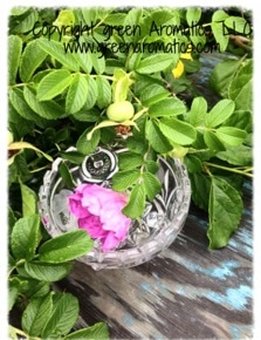 by Patrice Green Unless you’ve been living under a rock (and if you have been, may I join you?), you’ve probably noticed that there’s a lot of negative energy floating around these days. It can be very wearing for everyone, but most especially for those of us who are empathic. The good news is that there are things you can do to help ease the burden many of us feel in this distressing time. Herbally, this is a great time to cozy up to that wonderful group known as the shen tonics. Shen tonics are a group of herbs that have a direct affect on the spiritual heart and nervous system. In some cases they are adaptogenic as well as nervines. In all cases, they ease stress and help restore balance and joy to what Traditional Chinese Medicine practitioners call the “shen,” that energetic part of us which houses our spirit. There are many shen tonics, but some of my favorites are Holy Basil (Tulsi, Ocimum sanctum), Mimosa (Albizia julibrissin), Hawthorn (Crataegus), and Rosa rugosa. Holy Basil is considered a sacred plant in India. An adaptogen, Holy Basil works to restore balance to the body. As a shen tonic, it works to restore balance to the emotions. Although you can use Holy Basil as a tincture, my preferred method is drinking a soothing Holy Basil tea. If I’m feeling particularly depleted, I like to use Madelon Hope’s holy basil, nettles and licorice combination for a relaxing and rejuvenating tea. It also combines well with rose and linden. Mimosa or Silk Tree, Albizia julibrissin, is another marvelous shen tonic. Its flowers and bark are used in Chinese medicine to relieve anxiety and depression. Albizia is a wonderful herb to use when you need to feel grounded. For that reason I particularly like to use it in combination with Wood Betony, another wonderful nervine and shen tonic. I prefer using Albizia as a tincture. I find that it works beautifully with Rose also, and helps restore tranquility to a bruised spirit. Hawthorn, Crataegus, is one of the premier herbs to strengthen the cardiovascular system. It is a powerful shen tonic that seems to add joy to the spirit and restore a sense of wellbeing. Hawthorn is one of the main herbs I use in the protection formula for awakening a spiritual heart. Hawthorn is also lovely in tea form, and is a beautiful complement to Rosa Rugosa. Rosa Rugosa is the fragrant wild rose we find growing most often near the seashore. A beautiful plant with a heavenly scent, Rosa Rugosa as a glyceride truly does gladden the heart. I will be forever grateful to Linda Patterson for teaching me about this beautiful plant. As a flower essence, Rosa Rugosa helps to balance the emotions, releasing grief and transmuting negative vibrations into love and compassion. So, if you are having a hard time blocking out the seemingly omnipresent negativity, it may be time to develop a deeper relationship with one or several of these herbs. Treat yourself to a lovely shen tonic tea. Meditate with the plants, use them as glycerides, tinctures, flower essences or essential oils. I think the best thing we can do for the planet and ourselves during stressful times is to work with gentleness and compassion towards all. Shen tonics help us restore balance and serenity. Couldn’t we all use a little more kindness?  Patrice Green is an Herbal Educator, Certified Aromatherapist, Energy Medicine and Reiki Practitioner and founder of Green Aromatics. She is also the Assistant Director at the Boston School of Herbal Studies. She received her herbal training at the Boston School of Herbal Studies, and shamanic training from Isa Gucciardi, Ph. D. at the Sacred Stream in Berkley, CA. Inspired by time spent among the coastal Redwoods of Muir Woods and its beach, Green Aromatics strives to imbue its products and services with the same resilience, joy and equanimity of these majestic beings. Patrice may be reached through the Green Aromatics website. by Steph Zabel 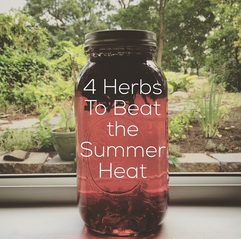 Despite the plant abundance, beauty and delight that is apparent during summer, I must confess.... this is not my favorite season. Is that a surprise? I tend to have a hard time with heat (and this year we've had a lot!) and constant glaring, bright, sunny days. It may sound counter-intuitive (especially for someone who is an herbalist!), but summer has always been the season I struggle the most with. I can't be the only one who feels this way, right?!... Perhaps it has something to do with growing up in extreme hot weather climates for so many years. I spent the majority of my life living in South Carolina AND in Texas, where most of the year is very bright, hot and sweaty. For some people -- for some constitutions, that is -- the heat is simply too aggrevating. And I am no exception. This is why some people prefer cold foods over hot foods, or why some people wear tank tops in an air-conditioned room while others must wear a sweater. We are all so unique in our constitutions and what we crave, need or gravitate towards. This has always fascinated me. But back to the heat: if you're like me and are having trouble with the current season there are plenty of things you can do to make yourself more comfortable until that first gentle whisper of autumn arrives.... Here are some of my favorite hot weather herbs and strategies: 1. Hibiscus |
Archives
November 2023
Categories
All
|
Join the Newsletter!
Receive news about future Herbstalk events
Thank you!
You have successfully joined our subscriber list.
Copyright © Herbstalk 2024
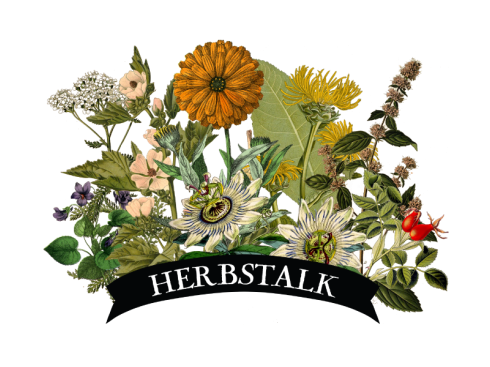
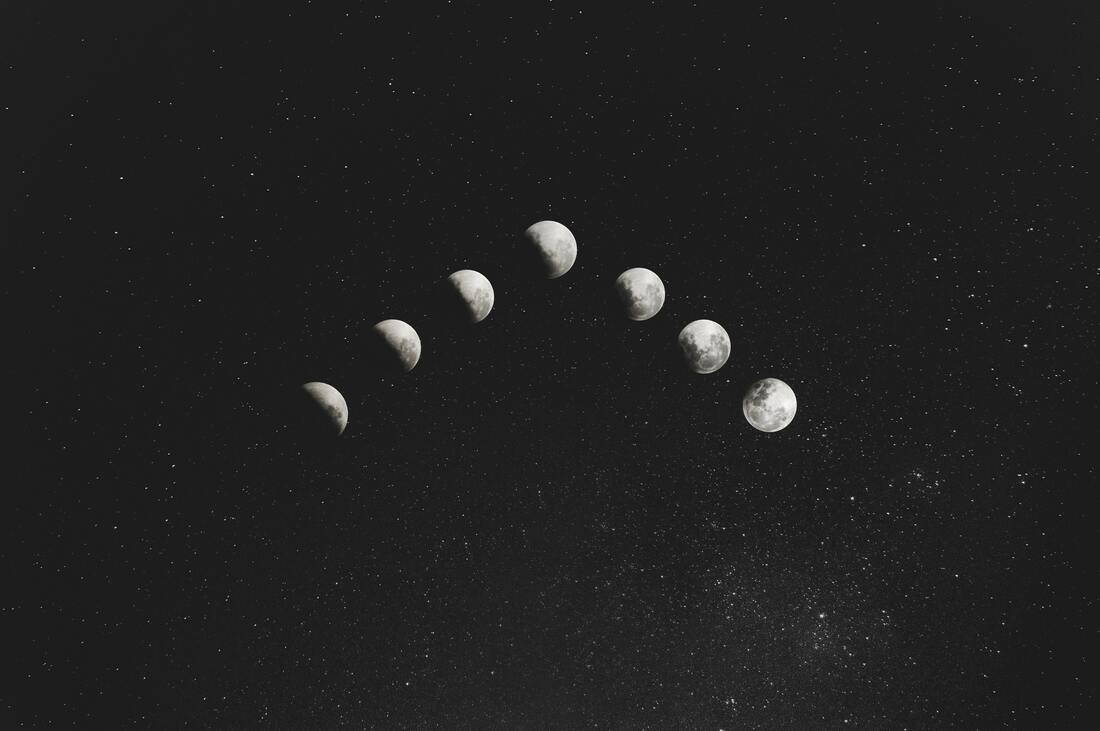
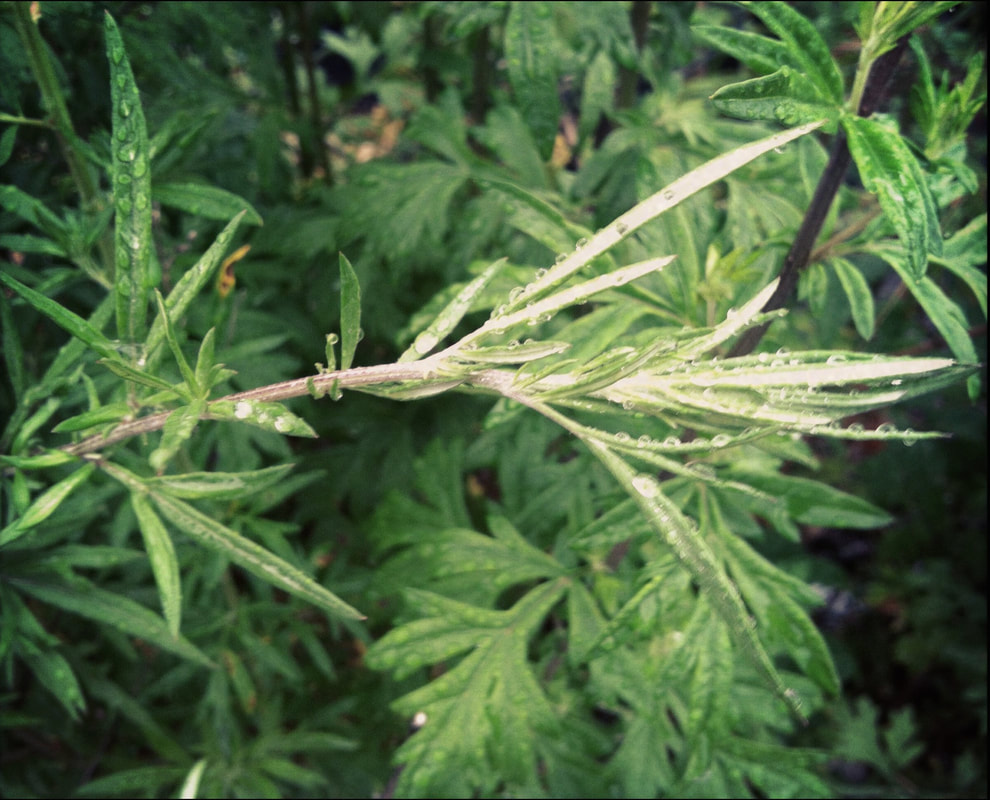
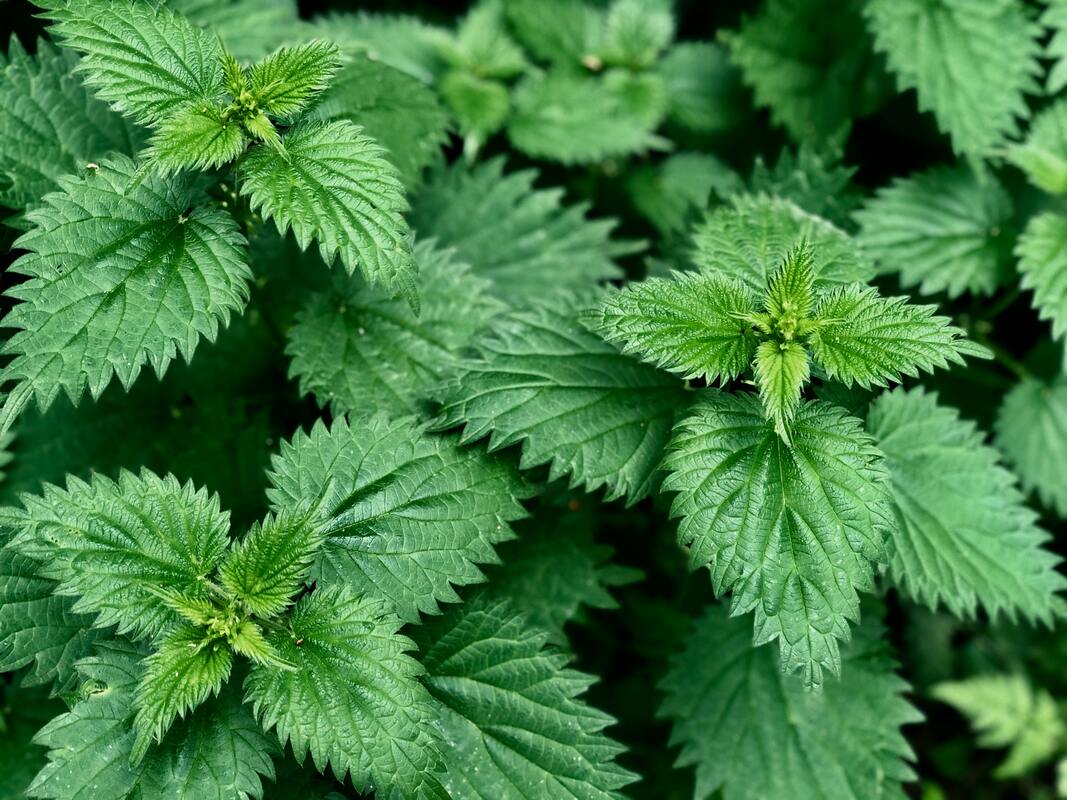
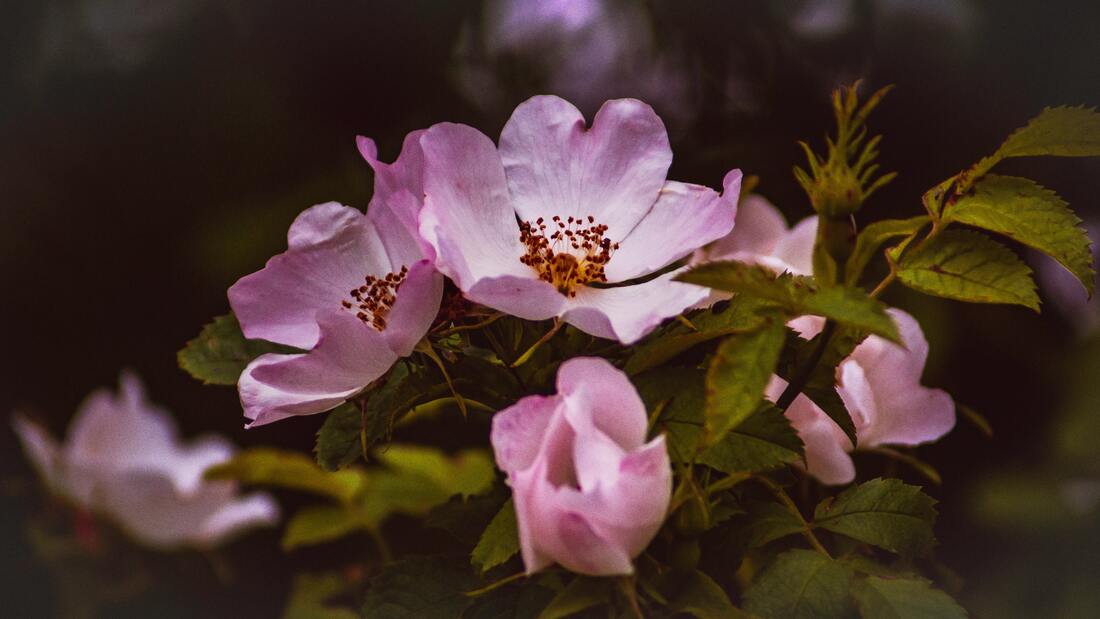
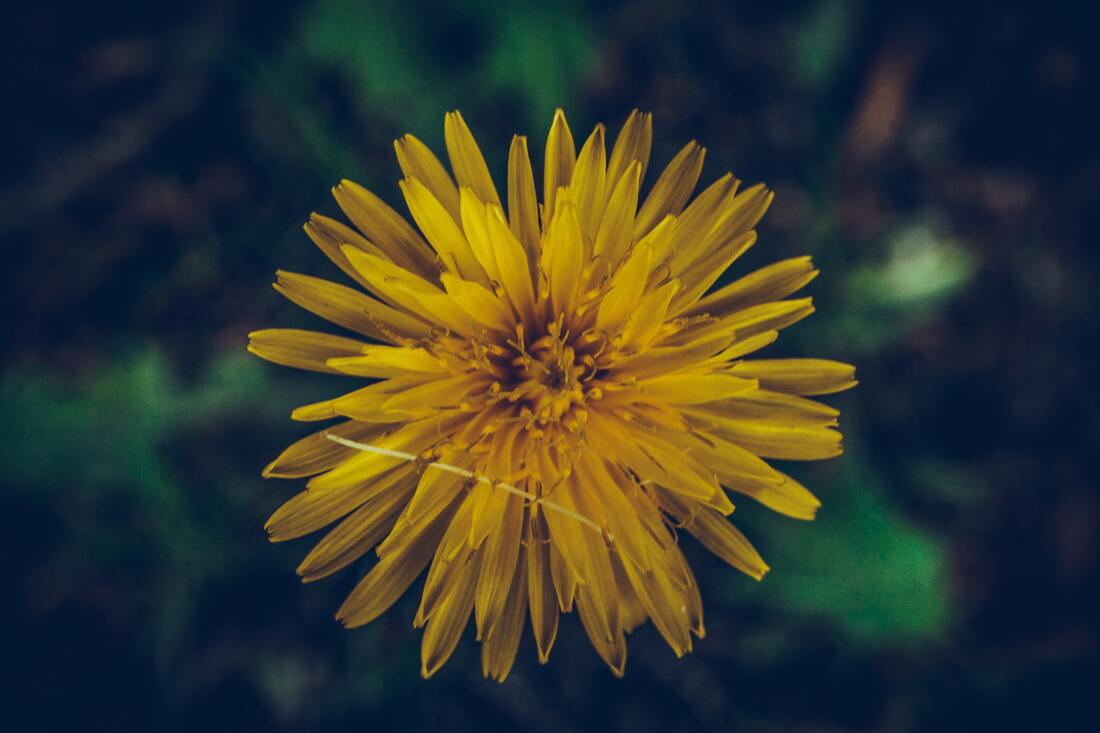
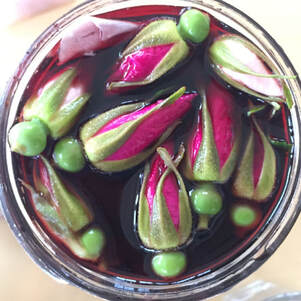
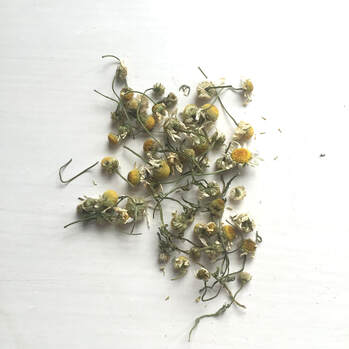
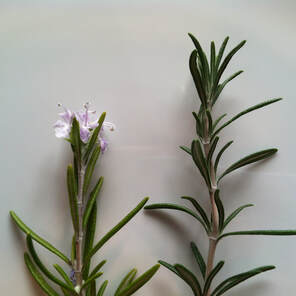
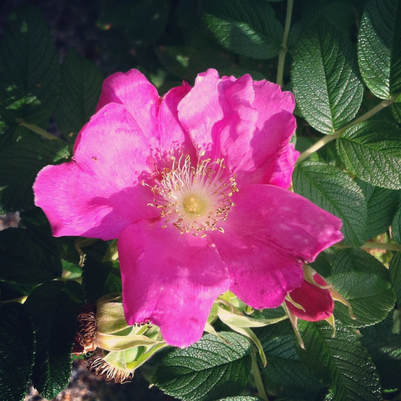
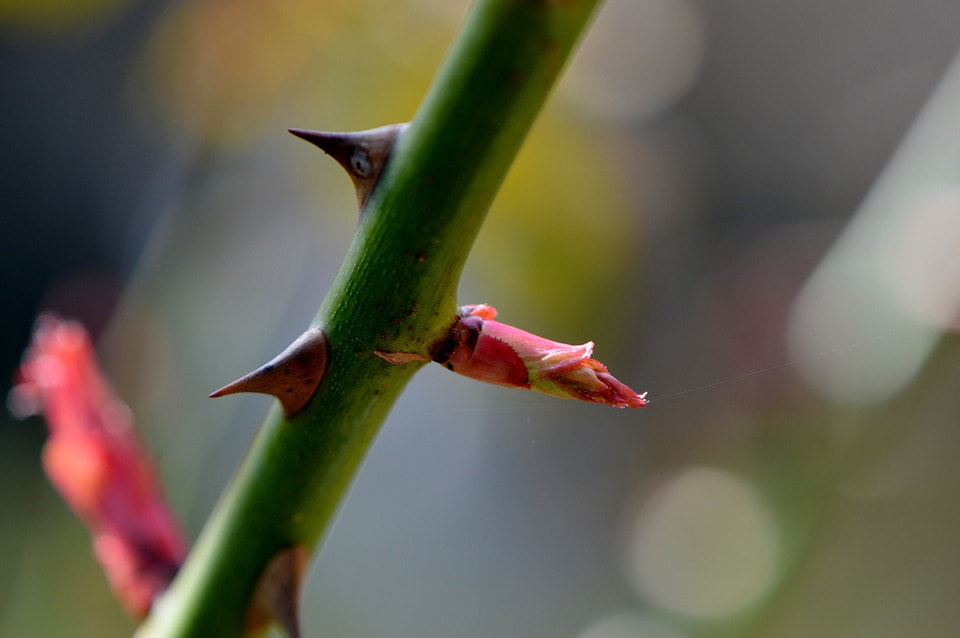
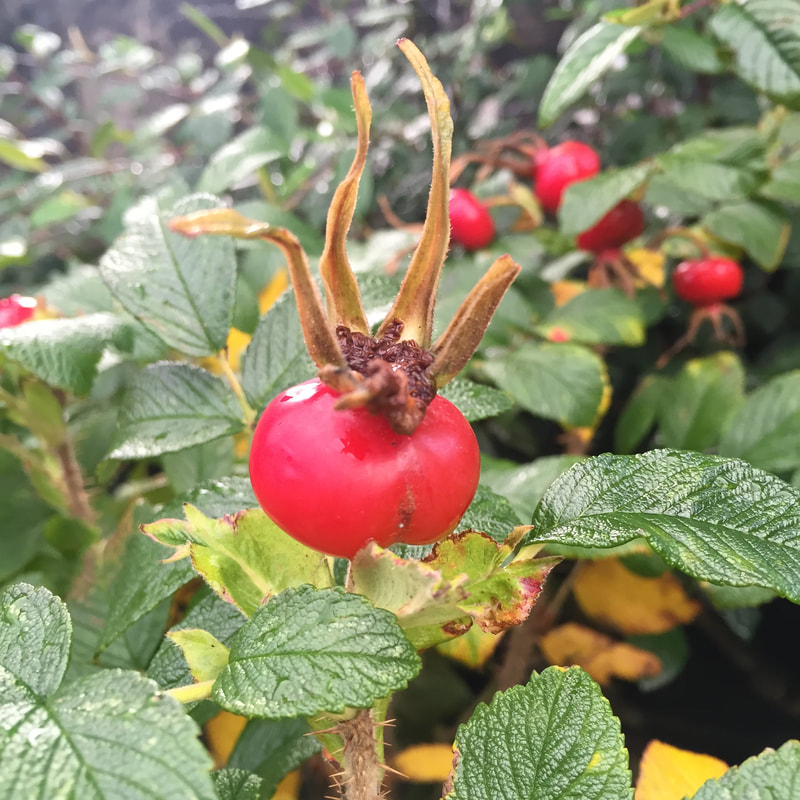
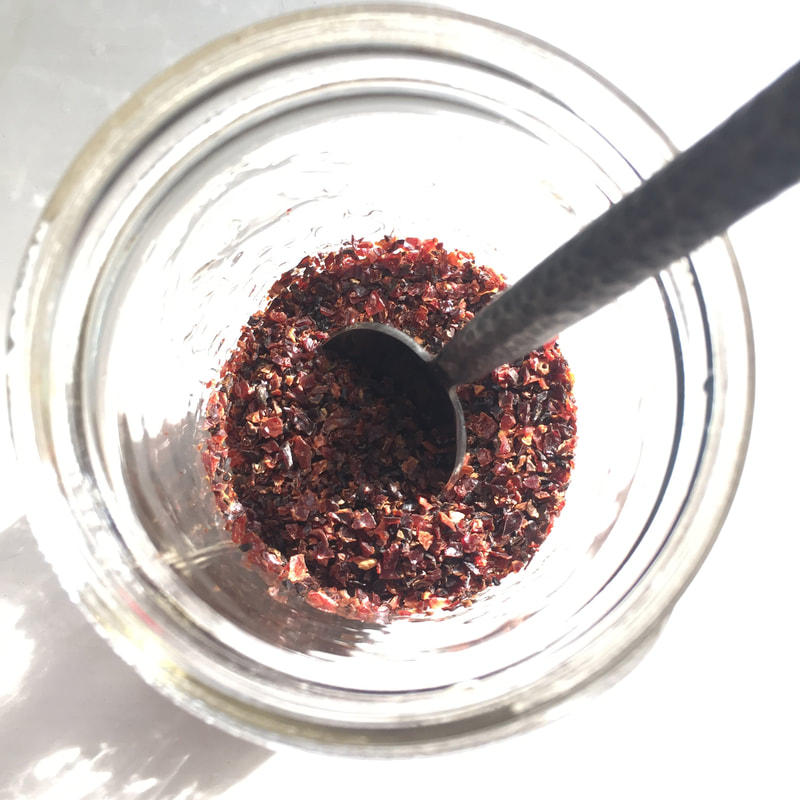
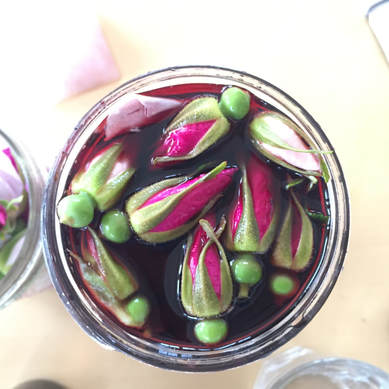
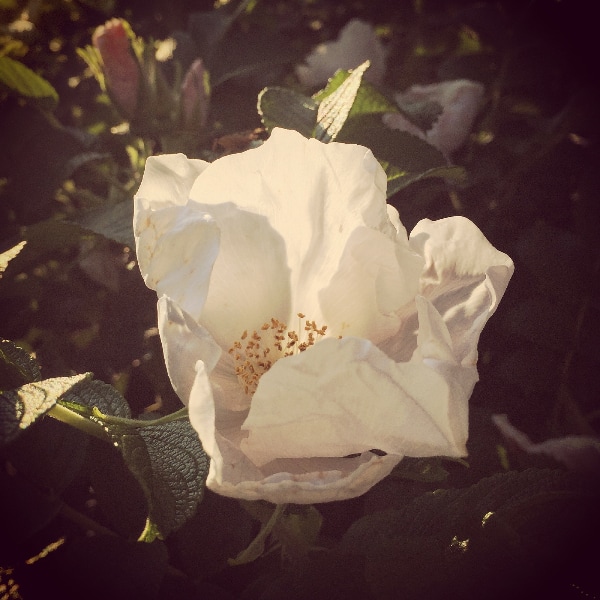
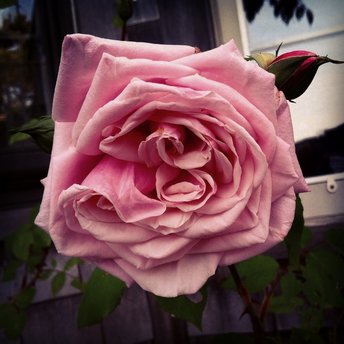
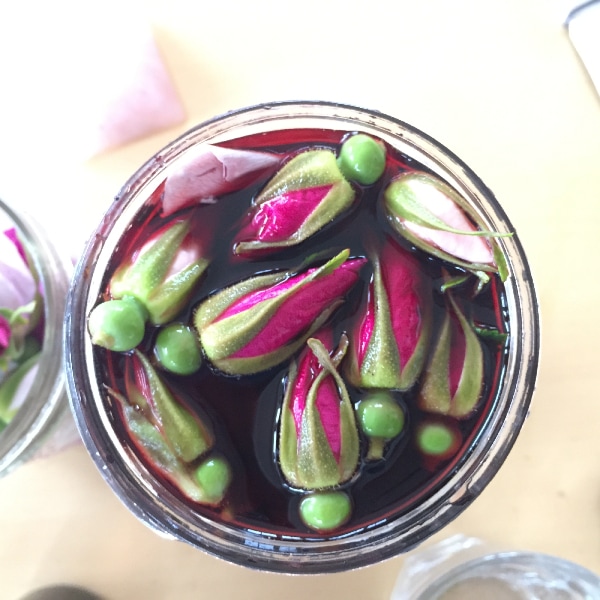
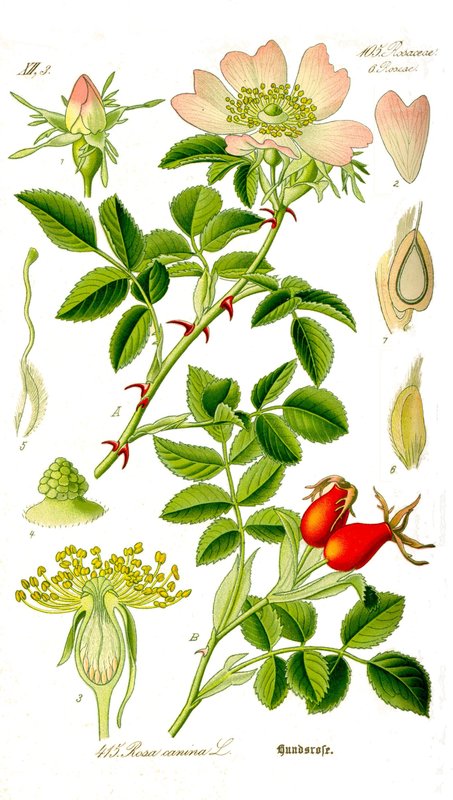
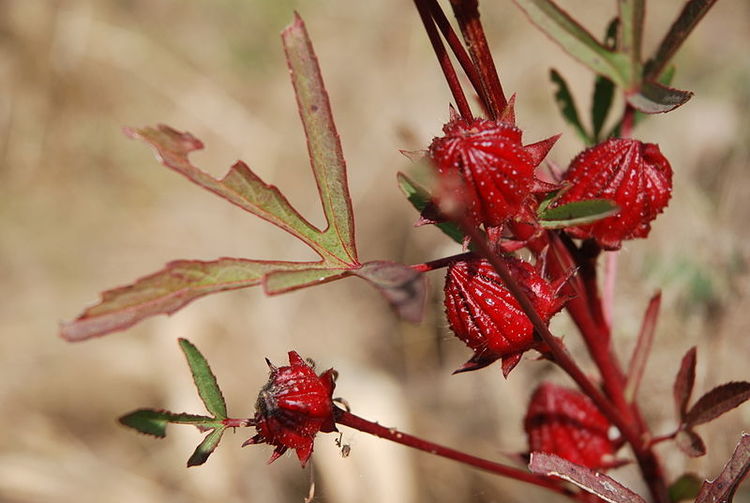
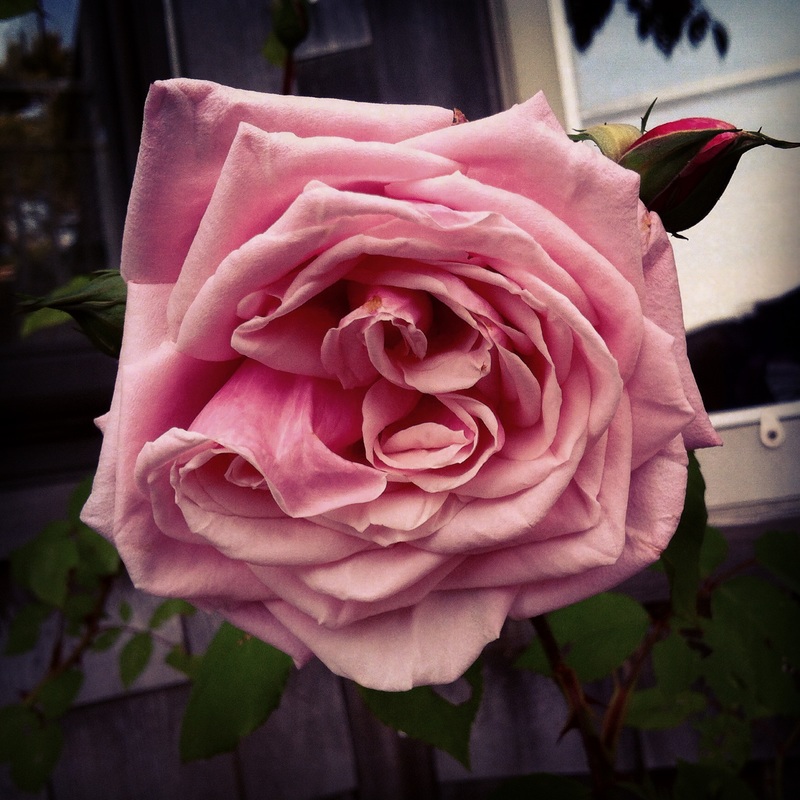
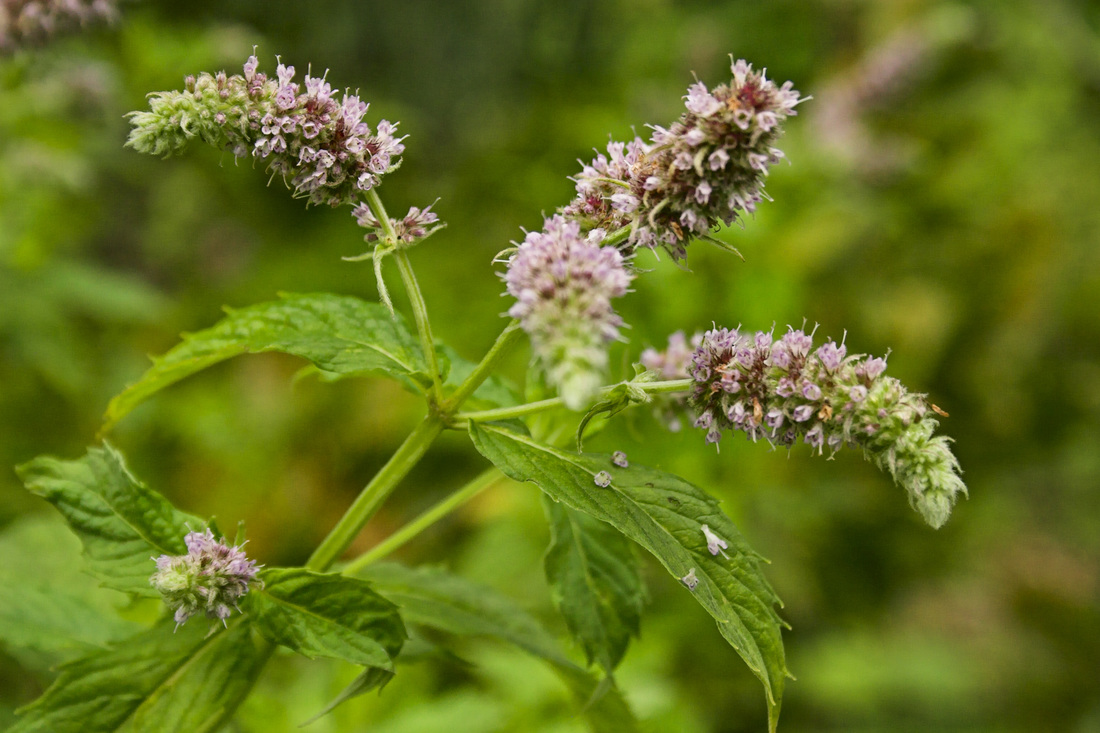
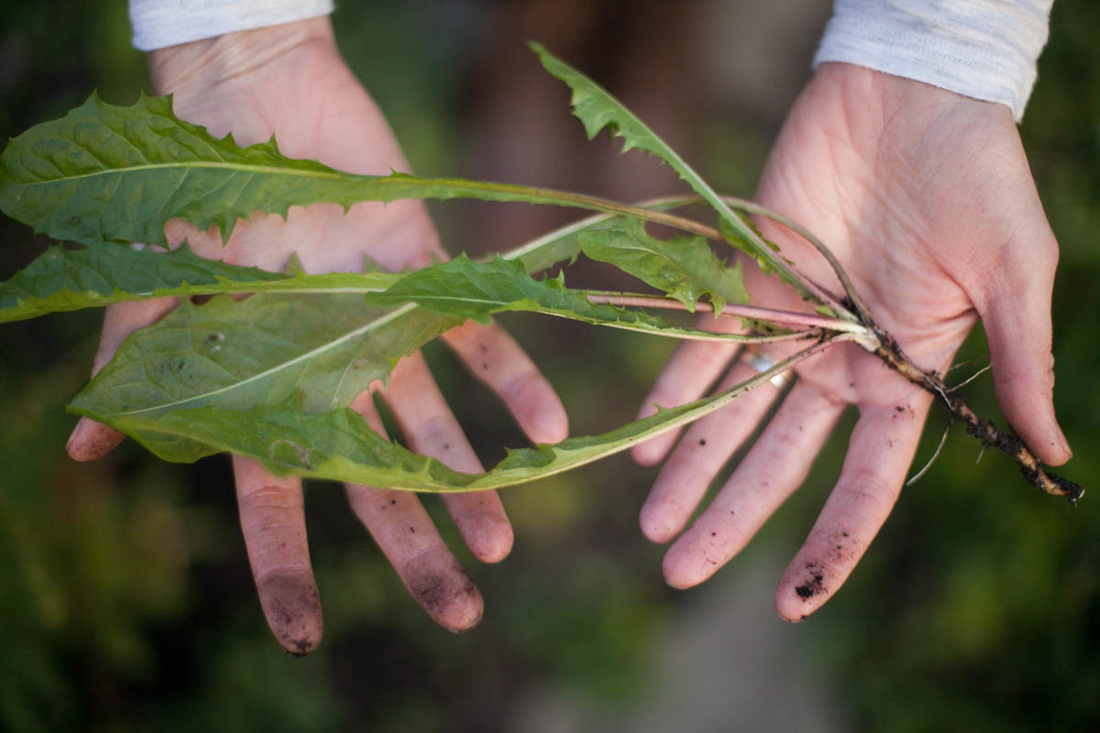
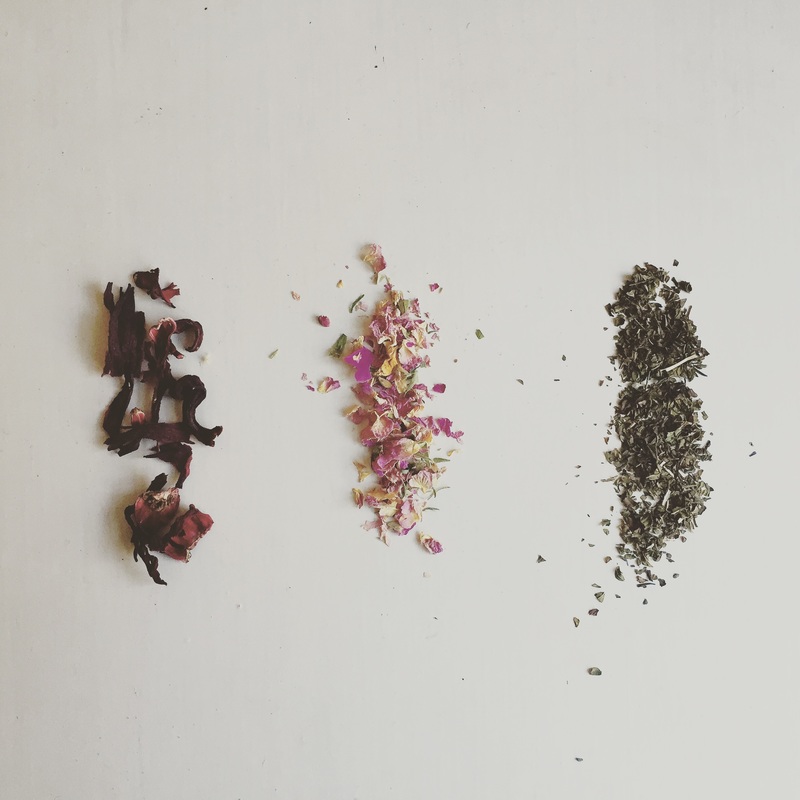
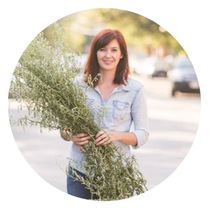
 RSS Feed
RSS Feed